Tata Steel Limited stands as one of the most influential global steelmakers, with a legacy spanning over a century. The Company is a benchmark for sustainable growth, innovation, and operational excellence in the global steel industry. As of FY2024–25, Tata Steel operates with a total steelmaking capacity of 35 million tonnes per annum (MTPA), with an expansive footprint across India, the Netherlands, the United Kingdom, and Thailand.
Company Profile
In India, Tata Steel has a total installed crude steel capacity of 26.6 MTPA spread across major integrated steel plants at Jamshedpur, Kalinganagar, Meramandali, Gamharia, and Neelachal Ispat Nigam Limited (NINL). The Phase II expansion at Kalinganagar has been a key milestone, bringing capacity at the site from 3 to 8 MTPA. Tata Steel is also setting up India’s first scrap-based Electric Arc Furnace (EAF) at Ludhiana to align with its decarbonisation goals.
The company’s global operations include major facilities in IJmuiden (Netherlands) and Port Talbot (UK), with a focused shift toward low-emission steelmaking technologies. Tata Steel Nederland is transitioning toward DRI-EAF technology, while Tata Steel UK is investing £1.25 billion in an EAF project to be operational by 2027. These initiatives underscore Tata Steel’s vision of achieving Net Zero carbon emissions by 2045.
Tata Steel’s business model is vertically integrated — with captive iron ore and coal mines in Jharkhand and Odisha, advanced downstream processing units, technology and R&D centers, and a global distribution and supply chain network. The company leverages digital transformation through AI and automation across 558+ projects, enhancing cost efficiency, predictive maintenance, and product quality.
With a workforce of over 76,000 employees, Tata Steel is also a pioneer in DEI initiatives, skill development, and social impact. In FY2024–25 alone, the Company’s CSR initiatives impacted more than 5.77 million lives, with over ₹585 crore invested in education, healthcare, livelihood, and infrastructure.
Company History
Tata Steel’s journey began in 1907, when it was founded by the legendary industrialist Jamsetji Nusserwanji Tata. It was established as India’s first integrated private sector steel company, a pioneering move at a time when industrial infrastructure was minimal in colonial India. The Company’s first major milestone came in 1912 with the commissioning of its steel plant at Jamshedpur, now a hallmark of Indian industrial history.
Throughout the decades, Tata Steel has consistently led the industry with its forward-thinking approach. In the early 20th century, it introduced several labor welfare practices — including an 8-hour workday, free medical aid, and leave with pay — well before they became statutory requirements in India. This tradition of responsible business is part of the Tata legacy.
In the post-independence era, Tata Steel played a pivotal role in India’s industrial growth. By the 1980s, it emerged as a national benchmark for operational excellence and community engagement. The liberalization of the Indian economy in the 1990s propelled the Company toward global competitiveness, modernizing its technology, diversifying its product portfolio, and improving operational efficiency.
In 2007, Tata Steel made headlines by acquiring Corus Group PLC (renamed Tata Steel Europe), marking one of the largest international acquisitions by an Indian company at the time. This move catapulted Tata Steel into the ranks of the top ten global steel producers and demonstrated its ability to manage cross-border operations.
Subsequent acquisitions, such as NatSteel (Singapore) and Millennium Steel (Thailand), further expanded Tata Steel’s global footprint. Domestically, the acquisition of Bhushan Steel (renamed Tata Steel BSL) in 2018 and Neelachal Ispat Nigam Ltd in 2022 bolstered its Indian operations.
The company has also led in structural innovation with pioneering sustainability initiatives, cutting-edge digital transformation, and circular economy practices. The implementation of the Total Quality Management (TQM) philosophy led Tata Steel to win the prestigious Deming Grand Prize in 2012, the first outside Japan.
Today, with over 117 years of legacy, Tata Steel is not just a steel producer but a national institution contributing to India’s development, industrial growth, employment generation, and social transformation.
Business Segments and Revenue Breakup
| Segment | Revenue (₹ Cr) | % of Total Revenue |
|---|---|---|
| Tata Steel India | 1,24,306 | 56.9% |
| Neelachal Ispat Nigam Ltd | 383 | 0.2% |
| Other Indian Operations | 7,987 | 3.7% |
| Tata Steel Europe | 76,375 | 34.9% |
| Other Trade Related Ops | 1,279 | 0.6% |
| South-East Asia Ops | 6,789 | 3.1% |
| Rest of the World | 1,422 | 0.6% |
| Inter-segment Eliminations | -60,863 | – |
| Total | 2,18,542 | 100% |
Tata Steel earns 93% of its revenue from steel products, 5% from non-steel offerings, and 1% each from power & water and other revenue streams.
Physical Properties: Offices, Plants, and Factories
Tata Steel operates out of 278 physical sites globally.
| Region | Plants | Offices | Total |
|---|---|---|---|
| India | 76 | 143 | 219 |
| Outside India | 39 | 20 | 59 |
Key Indian Plants:
- Jamshedpur Works – 11 MTPA
- Kalinganagar – 8 MTPA
- Meramandali – 5.6 MTPA
- Gamharia – 1 MTPA
- Neelachal Ispat Nigam Ltd – 1 MTPA (ongoing expansion)
Key International Plants:
- Tata Steel Nederland – 7 MTPA
- Tata Steel UK – 3.2 MTPA (upcoming EAF route)
Products and Services Offered
Product Segments:
- Steel Products: Hot Rolled, Cold Rolled, Galvanised, Long Products
- Non-Steel Products: Ferro Alloys, Pig Iron, Slag
- Power & Utilities
- Engineering, logistics, scrap services
End-Use Sectors:
- Construction & Infrastructure
- Automotive & Ancillaries
- Energy (Wind, Solar, Oil & Gas)
- Engineering & Packaging
- Retail, re-rollers, OEMs
Brands and Offerings
- Tata Tiscon – Rebars (2.4 MT, 19% YoY growth)
- Tata Astrum & Tata Steelium – Hot/Cold Rolled (3.8 MT)
- Tata Structura – Tubes (17,000 MT for infra)
- Tata Wiron – Specialty & LRPC wires (0.6 MTPA)
- Tata Pipes & Tata Ductura – Infrastructure
- Tinplate Division – 375 KTPA, 43% Indian market
Geographical Presence and Revenue Distribution
| Geography | Revenue (₹ Cr) | % of Total Revenue |
|---|---|---|
| India | 1,26,360.05 | 58% |
| Outside India | 92,182.46 | 42% |
Exports (Standalone): ₹7,700 Cr
Markets: UK, EU, North America, SEA, etc.
Consolidated Financial Statements (₹ in crore)
Profit and Loss (FY2024–25)
| Particulars | FY2025 | FY2024 |
|---|---|---|
| Revenue | 2,18,542.51 | 2,29,170.78 |
| Expenses | 2,11,006.34 | 2,24,254.61 |
| PAT | 3,173.78 | (4,909.61) |
Balance Sheet
| Particulars | FY2025 | FY2024 |
|---|---|---|
| Total Assets | 2,79,394.80 | 2,73,423.50 |
| Equity | 91,352.78 | 92,432.74 |
| Liabilities | 1,88,042.02 | 1,80,990.76 |
Cash Flow
| Activity | FY2025 |
|---|---|
| Operating | ₹23,511.81 Cr |
| Investing | ₹(14,172.73) Cr |
| Financing | ₹(7,002.44) Cr |
Shareholding Pattern
| Category | % |
|---|---|
| Promoter Group (Tata Sons) | 33.19% |
| FPIs | 18.29% |
| Mutual Funds | 12.04% |
| Insurance | 11.06% |
| Individuals | 20.05% |
Top holders include LIC (7.81%), SBI MF (3.53%).
Subsidiaries, WOS, Associates
Key Entities:
- Tata Steel Thailand – 67.9%
- Tata Steel Minerals Canada – 82%
- Bhubaneshwar Power Pvt Ltd – 100%
- Neelachal Ispat Nigam Ltd – Fully integrated
- 200+ global entities with corporate simplification underway
Parent Company
Tata Steel is a core part of the Tata Group. It has no parent company but Tata Sons Pvt Ltd is the principal promoter with 31.76% direct holding.
Investment Details & Future Plans
- FY2025 Capex: ₹15,670 Cr
- EAF transition (UK), R&D, Kalinganagar Phase II
- ₹348.75 Cr R&D spend
- ₹7,266 Cr in foreign exchange earnings
- ₹37,210 Cr in imports
Upcoming Projects:
- Combi Mill (0.5 MTPA)
- 4th Stove at BF-H
- EAF (UK, due 2027)
- LD1/LD2 revamps
Board of Directors (as on June 2, 2025)
| Name | Designation | Type | Since |
|---|---|---|---|
| N Chandrasekaran | Chairman | Non-Executive | Jan 2017 |
| Noel Naval Tata | Vice Chairman | Non-Executive | Mar 2022 |
| Deepak Kapoor | Director | Independent | Apr 2017 |
| V K Sharma | Director | Independent | Jun 2023 |
| Bharti Gupta Ramola | Director | Independent | Nov 2024 |
| Dr Shekhar C Mande | Director | Independent | Aug 2017 |
| Pramod Agrawal | Director | Independent | Nov 2024 |
| Saurabh Agrawal | Director | Non-Executive | Aug 2013 |
| T V Narendran | CEO & Managing Director | Executive | Nov 2012 |
| Koushik Chatterjee | Executive Director & CFO | Executive | Aug 2018 |
The Board comprises a balanced mix of executive, non-executive, and independent directors, including one woman independent director. All directors comply with SEBI Listing Regulations and Companies Act provisions. The Board’s committees include Audit, NRC, CSR & Sustainability, Risk Management, Stakeholder Relationship, and SH&E.
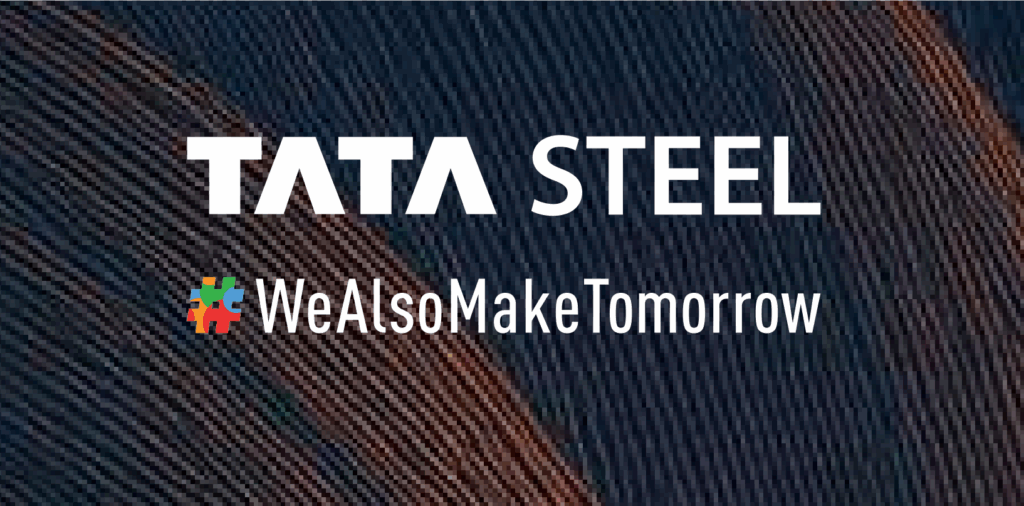
Founder Details
Jamsetji Nusserwanji Tata (1839–1904) founded Tata Steel in 1907 with a vision to build India’s first integrated steel plant. He believed that industry was key to India’s progress and envisioned Jamshedpur as a model industrial township. His legacy of ethical business, philanthropy, and national development continues to define Tata Steel’s values and long-term mission. The company remains committed to his ideals of community-centric capitalism and nation-building.

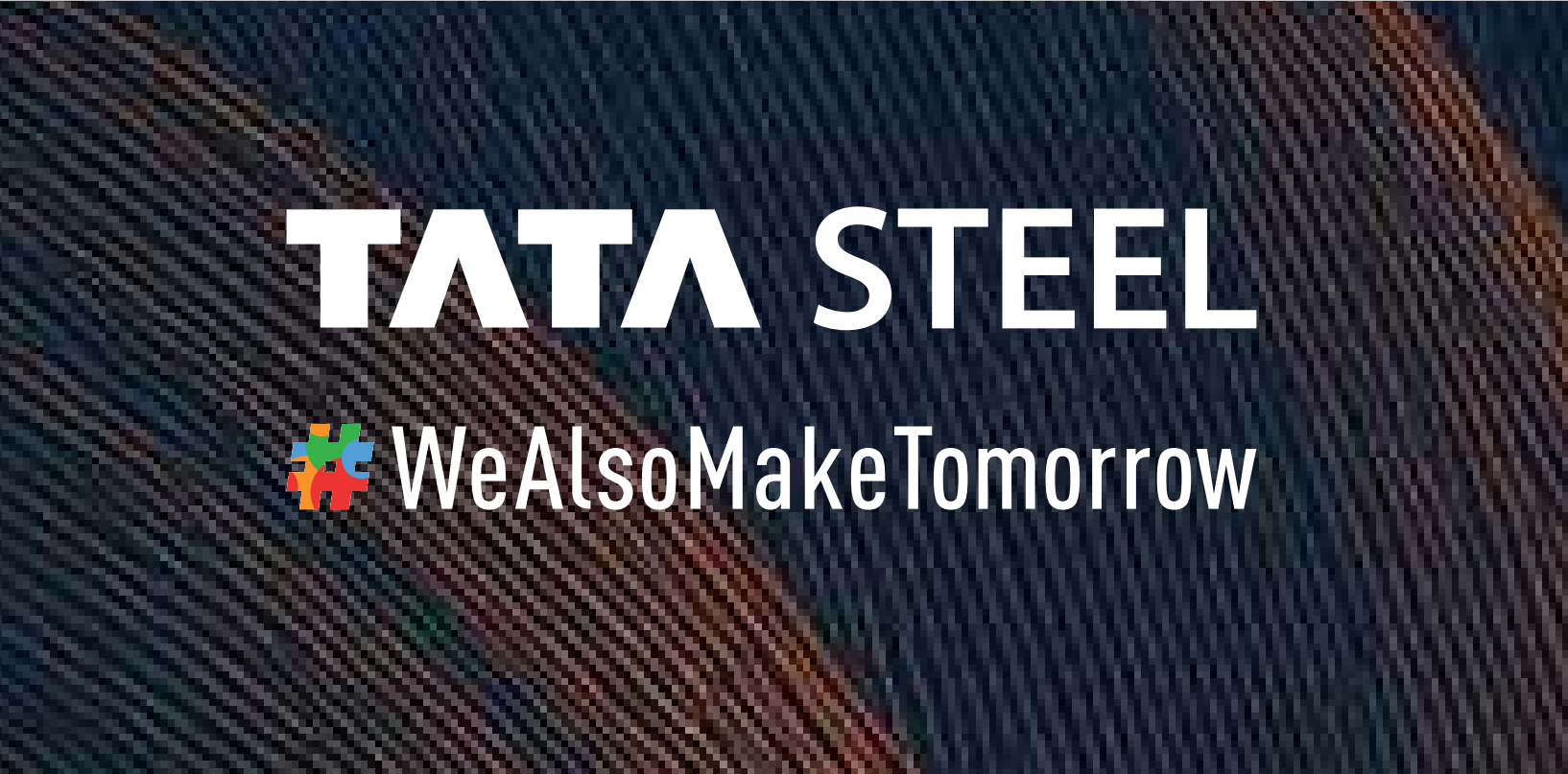


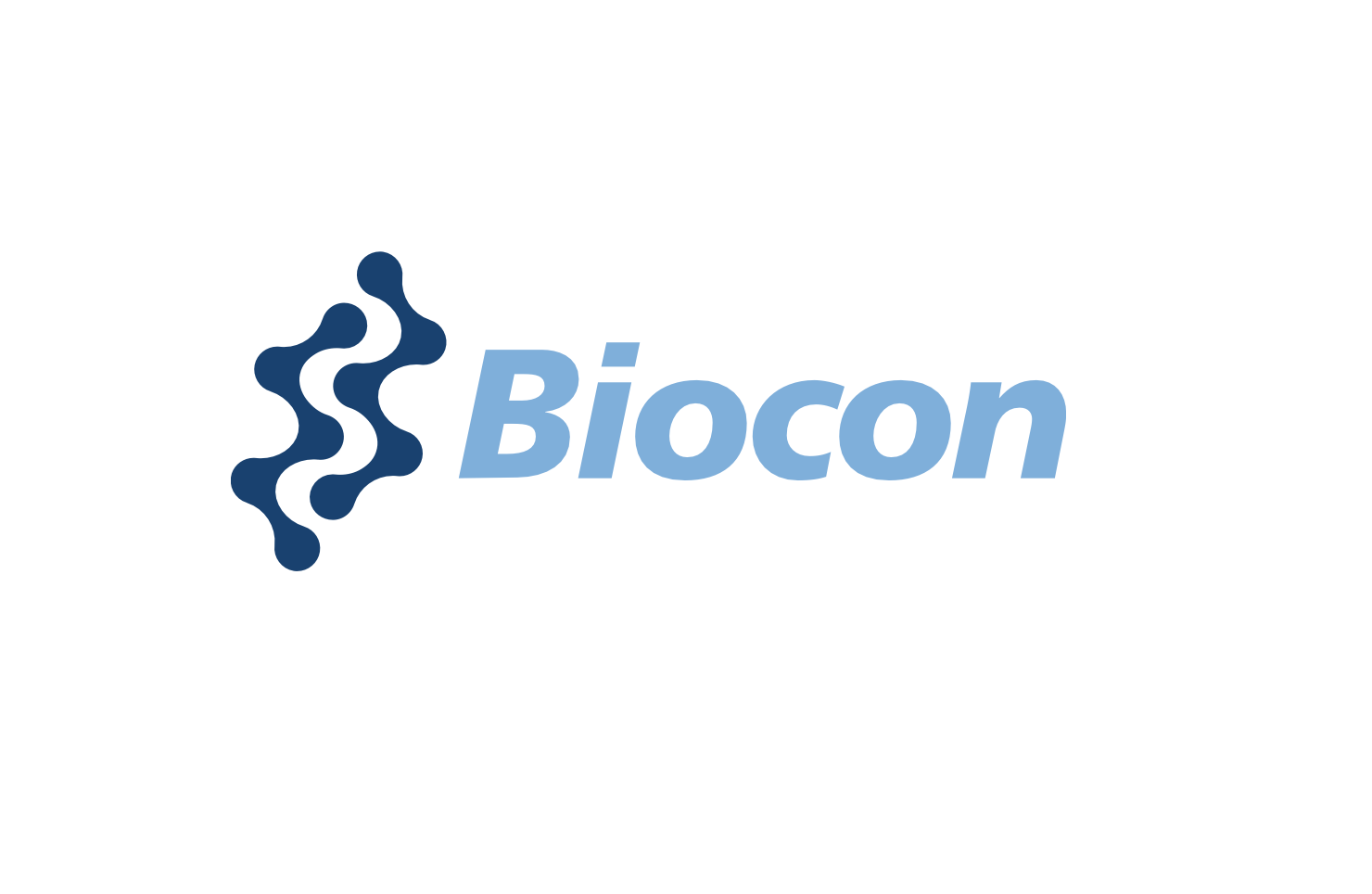
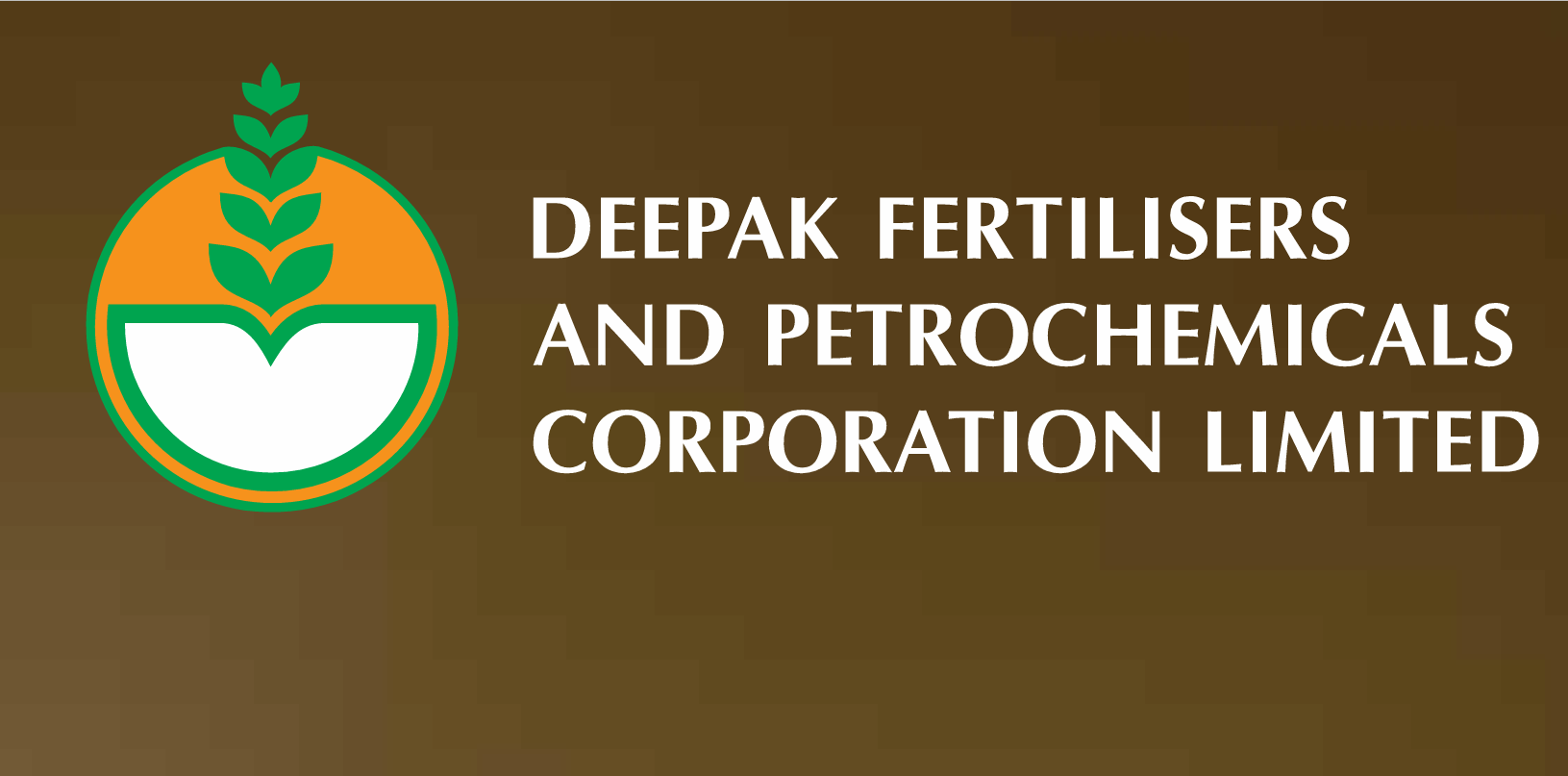

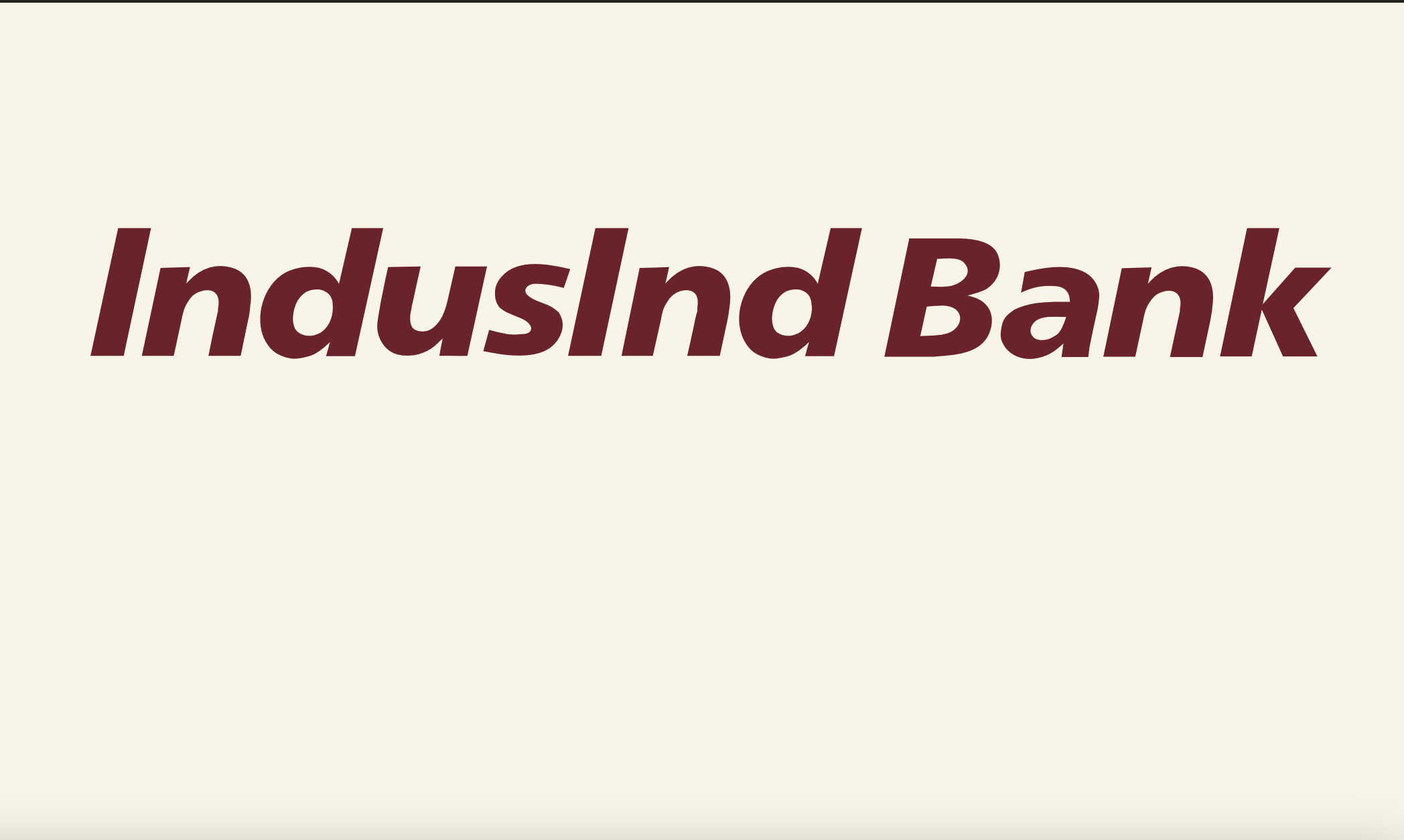


Apply for production manager job
thanks for sharing good information.